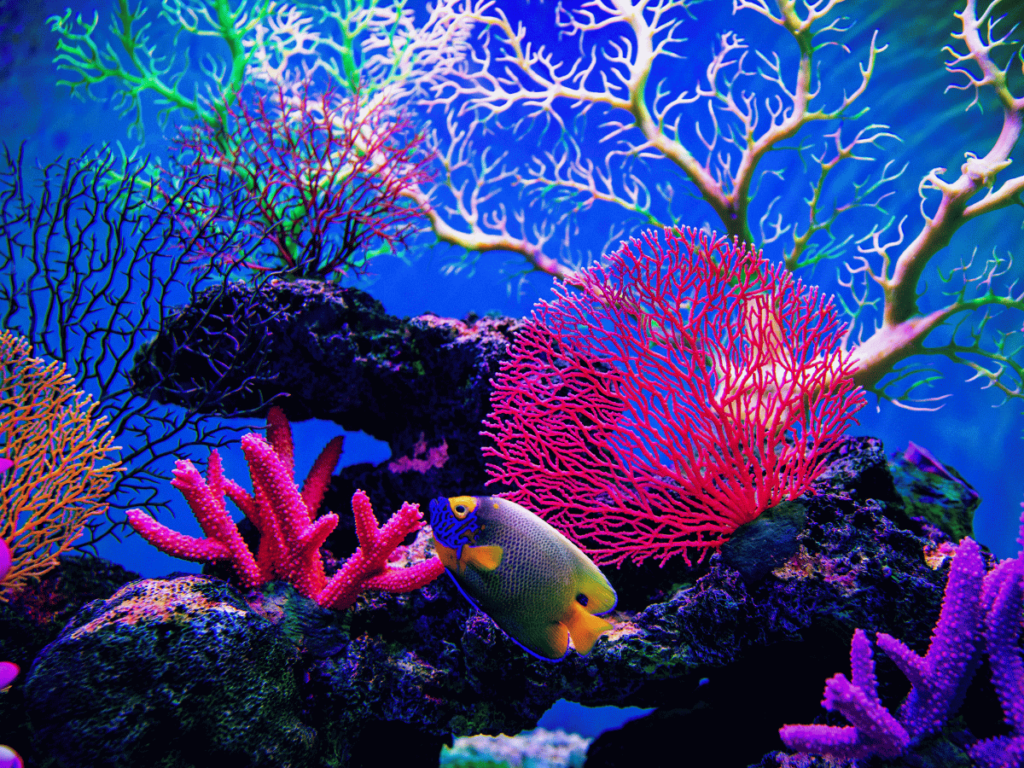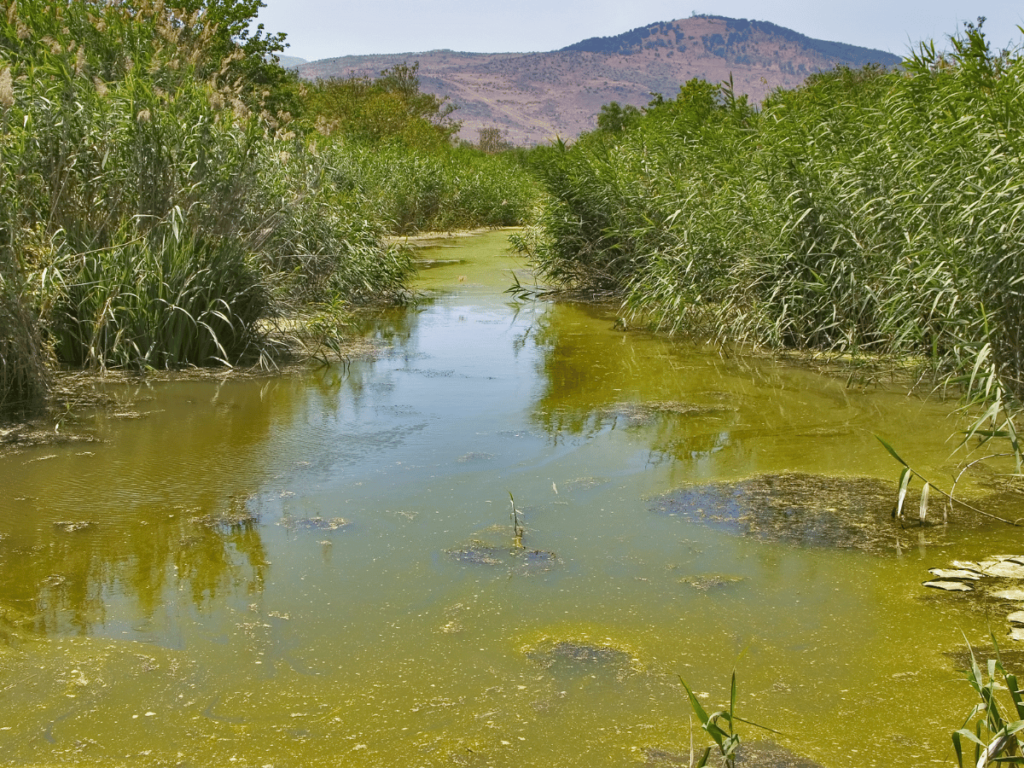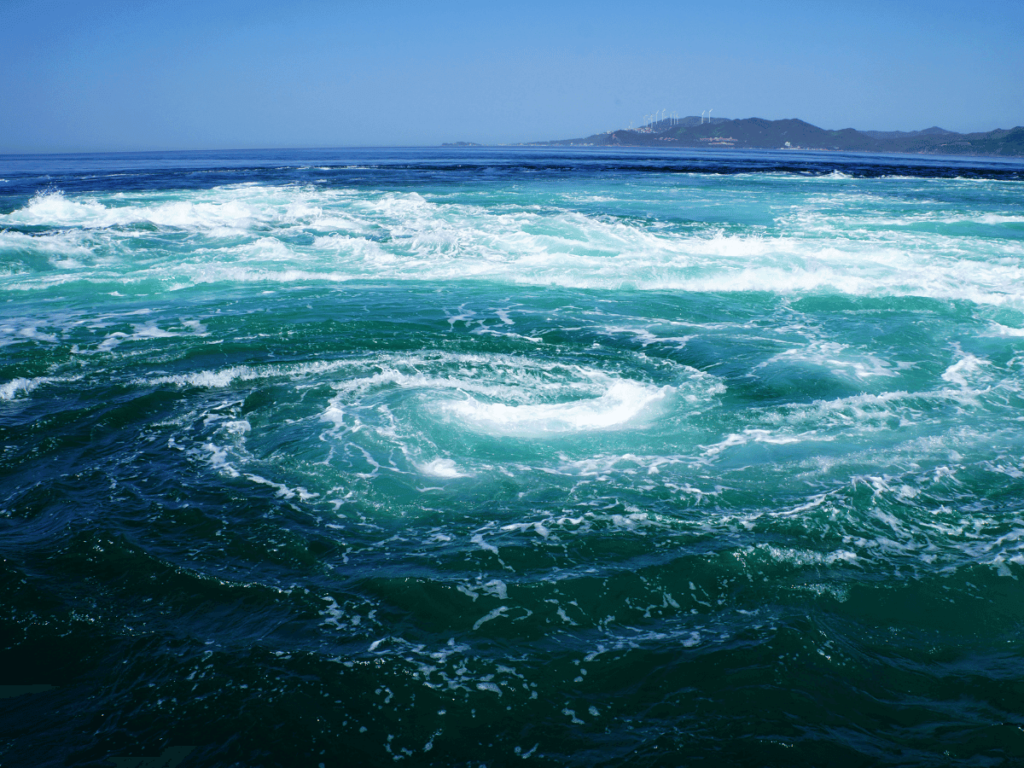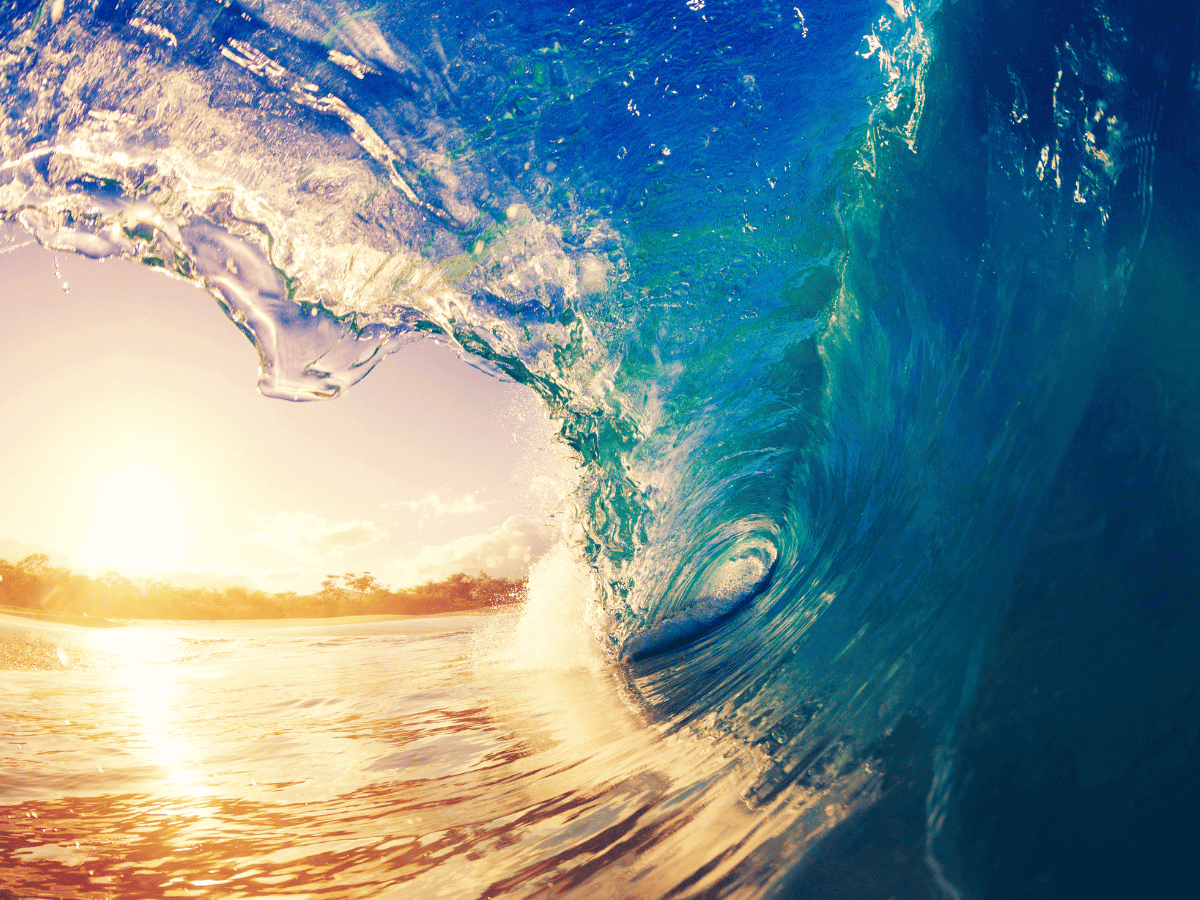I dedicate June to Yemaya, the orisha of the ocean and motherhood. This year, I’m diving deeper into her caminos, starting with the four most well-known roads of Yemaya.
Who is Yemaya
Yemaya is one of the most revered and beloved orishas in the Lukumi religion, also known as Santería. Originating from the Yoruba religion in Nigeria, Yemaya’s worship has traversed the Atlantic Ocean along with the transatlantic slave trade, embedding itself in the cultural and spiritual practices of the African diaspora in the Americas.
Her name, derived from the Yoruba “Yemoja” (Yeye omo eja), translates to “Mother whose children are the fish,” symbolising her vast, encompassing nature and her dominion over the world’s waters.
Proverbs tell us that Yemaya is the cradle and the grave; we drink her at birth and death, and she refreshes our path when they take us to be buried. Yemaya is the strength of water. She is the amniotic fluid, the gentle tides, the rain that refreshes, and the tsunami. Beautiful, glistening stillness can conceal powerful currents beneath the surface. Yemaya is the power of creation; she empowers, nurtures, and also wrecks and destroys.
Yemaya is the mother of the orishas and all humanity and the protector of women. She is associated with motherhood, female fertility, pregnancy, children, love, healing, and women’s mysteries.
In Lukumi, the diverse attributes of an orishas are expressed through caminos, or roads.
What are roads?
In Afro-Cuban Lukumi and other forms of African diasporic religion, some orishas have multiple guises, faces, forms, or avatars. In Spanish, we call these caminos, or roads in English. Early in your journey in Lukumi, you may learn which orisha rules your crown, and this would be later confirmed before proceeding with initiation. After initiation, you learn the road of your tutelary orisha.
It’s unclear whether roads are an adaptation in the diaspora, but they seem to result partly from absorption. Regional deities and deified ancestors were identified with orishas that shared similar characteristics. On a spiritual level, roads may be different embodiments of the orisha’s essence or reflect different moments and conditions of life, such as adolescence, old age, wealth, and poverty. They reflect the dynamic, moving nature of orishas. Not all orishas have roads; among those that do, some roads appear more frequently than others. Elders disagree about which orishas have roads and which roads are authentic.
In his book On the Orishas’ Roads and Pathways: Yemoja, Mother of the World, author, priest, and elder Miguel W. Ramos lists 26 paths of Yemaya. Most are not ritually acknowledged, some appear infrequently, and others have little information and unknown and questionable origins.
Here are Yemaya’s four most common roads. Please note that Lukumi is a decentralised religion that is orally transmitted. So, our stories, beliefs, and practices have a lot of variety. What you read here may differ from what you’ve read elsewhere.
Four roads of Yemaya
Ogunte

Ogunte is Yemaya’s youngest yet most frequently marked road. Her name means “Ogun River is the one we adore” and points to her relationship with the Ogun River and the Ogun, the orisha of iron, war, and labour. Together, Ogun and Ogunte represent the nurturing and defensive parents.
Ogunte is a fiery, daring, and ferocious warrior proficient with the machete. She wears Ogun’s tools around her waist and fights and hunts beside him. She is determined and unwavering and never loses a battle against injustice. Ogunte is an herbalist renowned for her expertise with magical powders, which she uses to heal the wounds of her soldiers (children) and in talismans to protect them.
Ogunte may be found in the ocean, river, lagoon, or the most remote and secluded parts of the forest with Ogun. In Cuba, where Yemaya’s association with the sea is stronger than with the river, she is commonly found among coral reefs and barriers and is responsible for turbulence. Her totemic animal is the mouse, which she transforms into and uses to send messages to her children.
Ashaba

Ashaba is the eldest manifestation of Yemaya. She is the most mature and experienced road of Yemaya, with incomparable intuition, foresight, patience, empathy, resilience, knowledge and deep wisdom. Because of her advanced age, she is a formidable witch associated with the passage of time and death.
Ashaba, whose name is associated with shelter and protection, is a serious, stern, and demanding mother who uses her power not only to pursue justice and keep her children safe and cared for but also to discipline and punish them. She is stubborn, set in her ways, and dislikes the cold, loud noises, and ruckus behaviour.
Ashaba is limitless and navigates the world’s waters. She is related to maritime activities and is associated with the anchor, which reflects her character: strong, stable, and reliable, but rigid and inflexible, and preferring the serenity of the ocean depths.
Asesu

Asesu is another elderly manifestation of Yemaya. She is associated with putrid and stagnant waters, drains, sewers, latrines, dams and reservoirs. Asesu is also associated with the fluids that the body releases at the beginning of active decay. Therefore, she is strongly connected with the dead and the spirit world. Unsurprisingly, one of her totemic animals is the vulture, the scavenger of carrion.
Her name means “forgetful”, and Asesu is lethargic and slow-acting. She also plays deaf and pretends to fall asleep. She is associated with mental disorders and conditions that affect older adults, such as Alzheimer’s disease. She cares for those who suffer from depression, anxiety, PTSD, and other mental health issues and illnesses. She can also inflict these conditions.
Majelewu

Upwelling is an oceanographic phenomenon in which water rises from beneath the surface to replace water that winds blowing across the ocean surface push away. The water that rises to the surface due to upwelling is typically colder and nutrient-rich. This is Majelewu, the temperamental and turbulent Yemaya who “colours the sea” and is connected to biological productivity and the colours used in consecration rites.
Majelewu is associated with fertility, agriculture, maritime trade, and commerce. Shrewd and business-oriented, she has strong connections to the marketplace and, by extension, to Oya, the orisha who owns it. The marketplace represents this world, and Oya guides the dead from it to Orun (heaven). Majelewu interacts with both realms.
Majelewu is a devoted mother associated with producing breast milk and breastfeeding babies. She takes an interest in women afflicted by breast diseases. She is accessible, affectionate, and protective but is highly sensitive and easily hurt. When upset, she agitates the seas, producing whirlpools and tidal waves. Majelewu makes her feelings known at home by breaking plates and punishing people with disorientation.
Yemaya embodies the profound complexities of the ocean and the eternal cycles of life and death. Each road, from the fiery courage of Ogunte to the deep wisdom of Ashaba, Asesú’s connection with decay, and the turbulent nurturing of Majelewu, reflects a different facet of Yemaya’s vast nature.


Thank you for this! I have not heard Majelewu mentioned much so I learned stuff!!
I’m glad you liked it!
Me encantaron las descripciones, especialmente la de Mayelewo o Majelewu. Esa conexión con Oyá la conocía pero sobre ello se escribe poco. Mayelewo es hermana de Oshun Ibu Kolé.